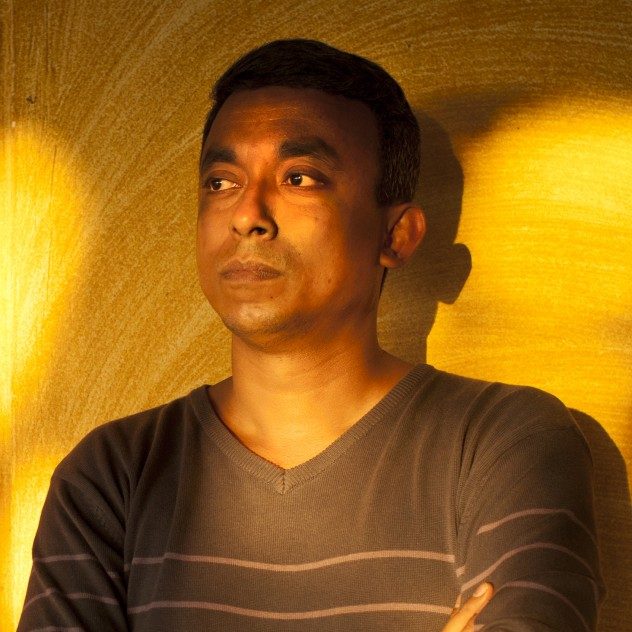Portraiture is one of the most common forms of photography. The art of capturing a person or a group of people has been around long before photography was even invented. But with the advent of the camera, portrait photography became a much simpler and quicker way to create images in which people are the main point of interest. In these images the face, facial features as well as facial expressions are made predominant and the images attempt to capture the personality of the subject.
There are many different techniques when it comes to portrait photography, but there are essentially four different approaches — the constructionist, environmental, candid, and creative approach.
The constructionist approach is the one used in most studio and social photography and is often used for marketing and advertising purposes. This approach revolves around the photographer constructing an idea around the portrait such as a loving couple, a respected leader or a healthy child.
The environmental approach will depict the subject of the image in their environment. This may be an athlete on the track, a chef in a kitchen or an employee at their desk. These images reveal more information about those being photographed.
In the candid approach, the images are taken without the subject being aware and often feature people going about their everyday life. It is this approach that is often taken by the media and has often been criticised for being invasive. But these images do help to paint an important historical picture of the world at a given moment.
Finally, the creative approach is one where digital manipulation is used to improve the quality of the images. It is becoming much more widespread today especially since the advent of social media.
For this competition you can take any of the approaches above and make them your own. Try to be as creative as possible to make your portrait stand out from the rest. Think about how you frame your subject and how you light them. Play around with the backgrounds you choose and the way that you pose your subjects. Try altering your perspective or perhaps experiment with eye contact and emotions.
